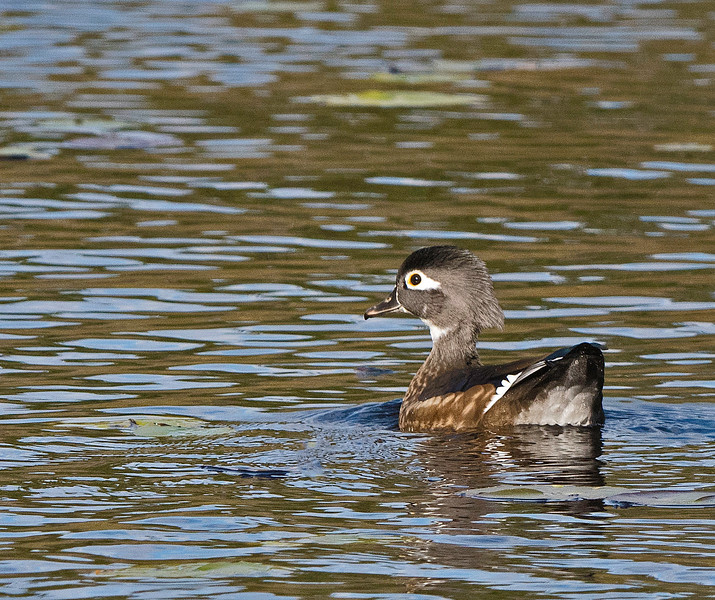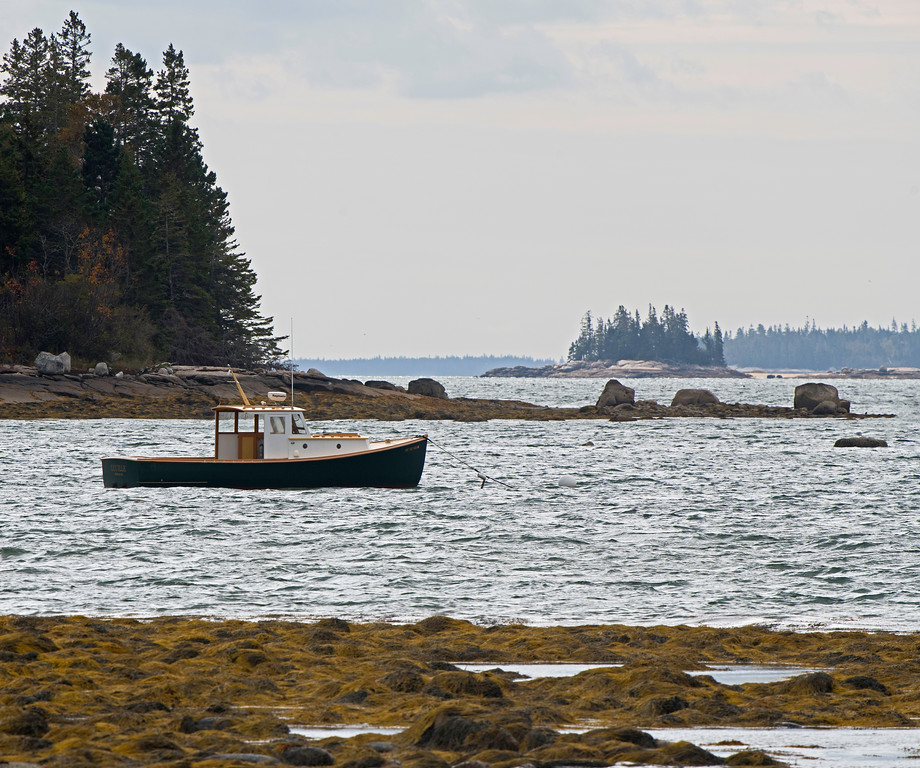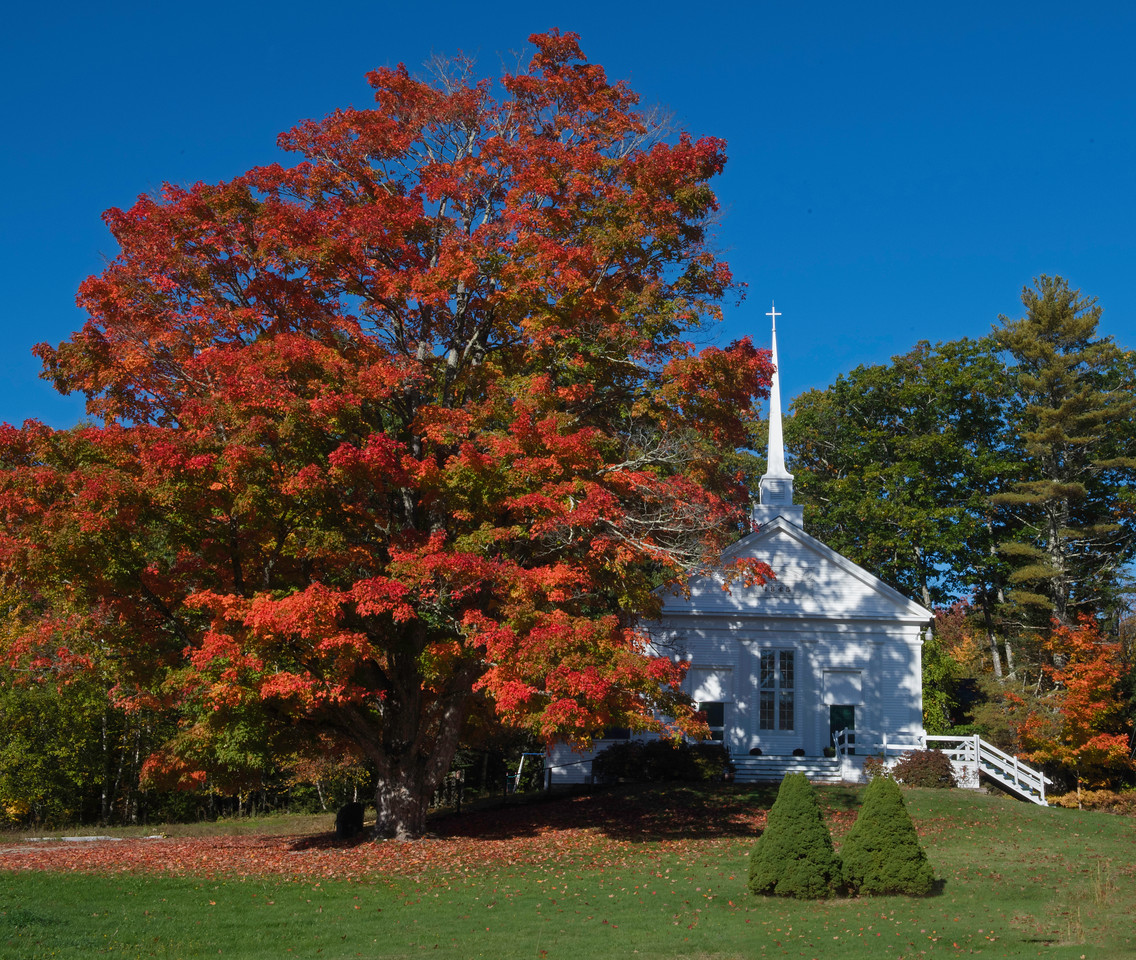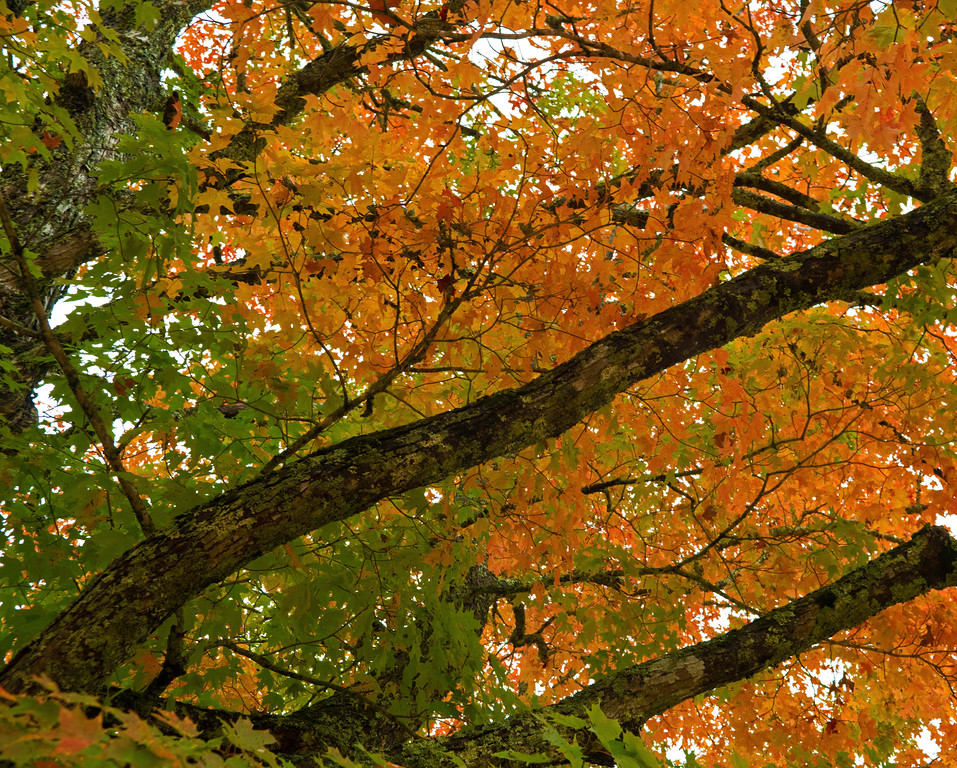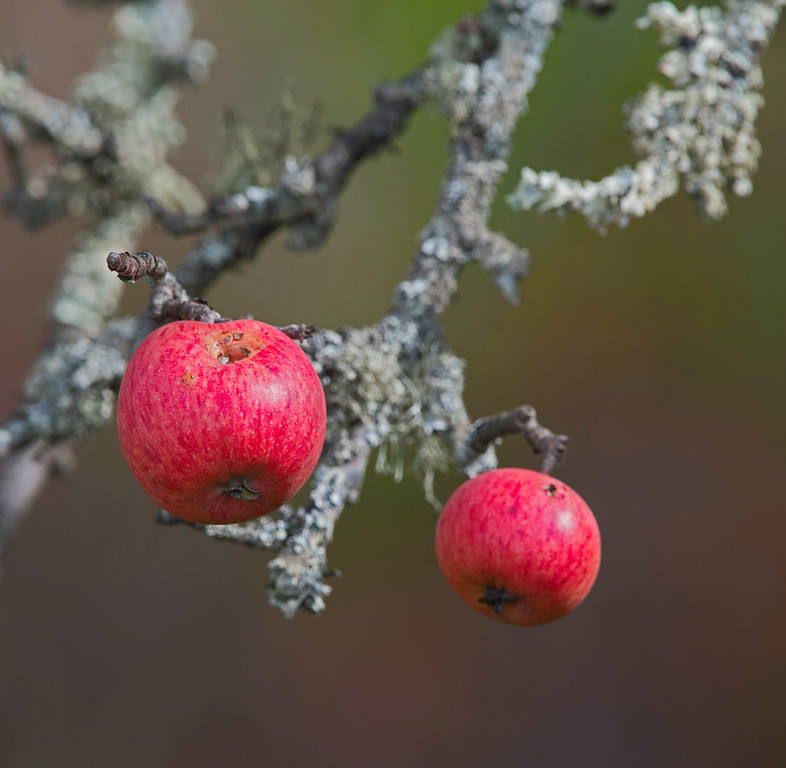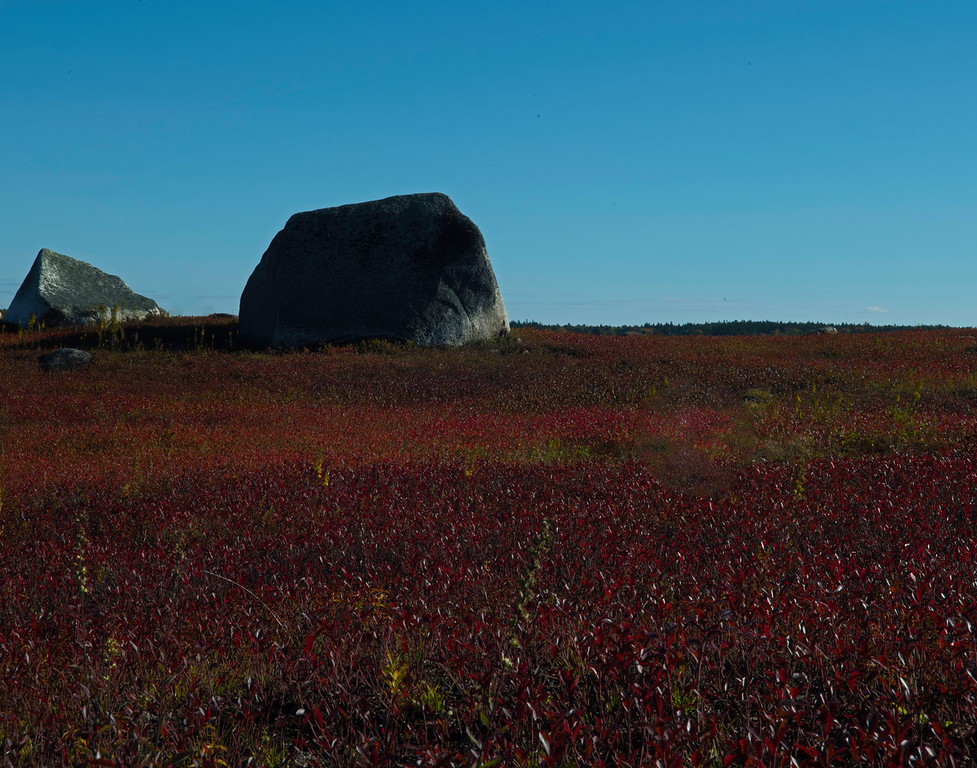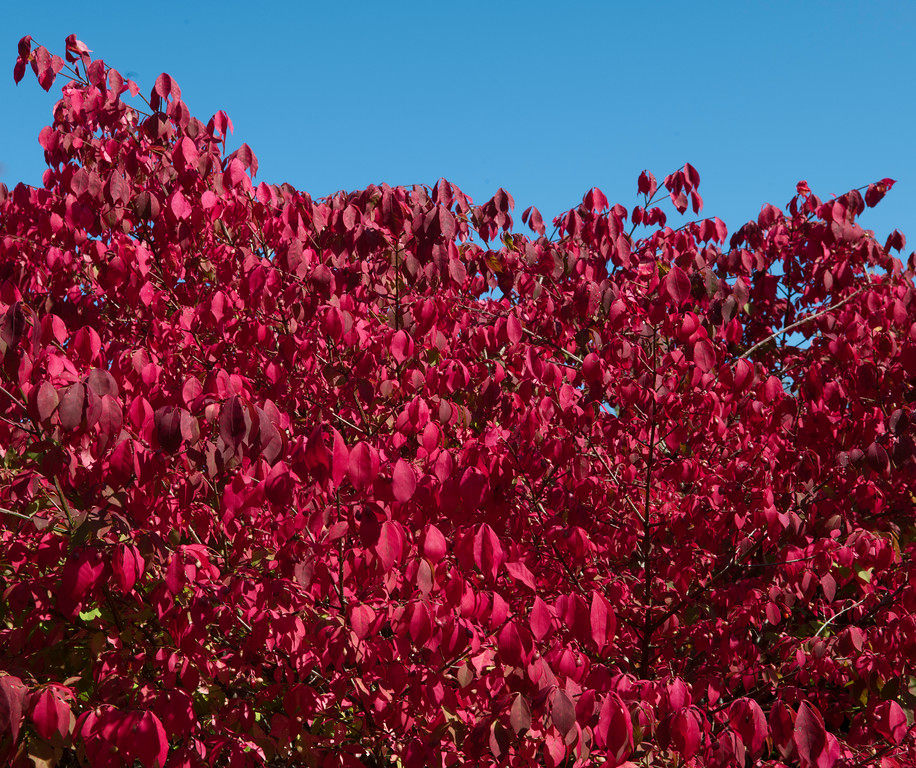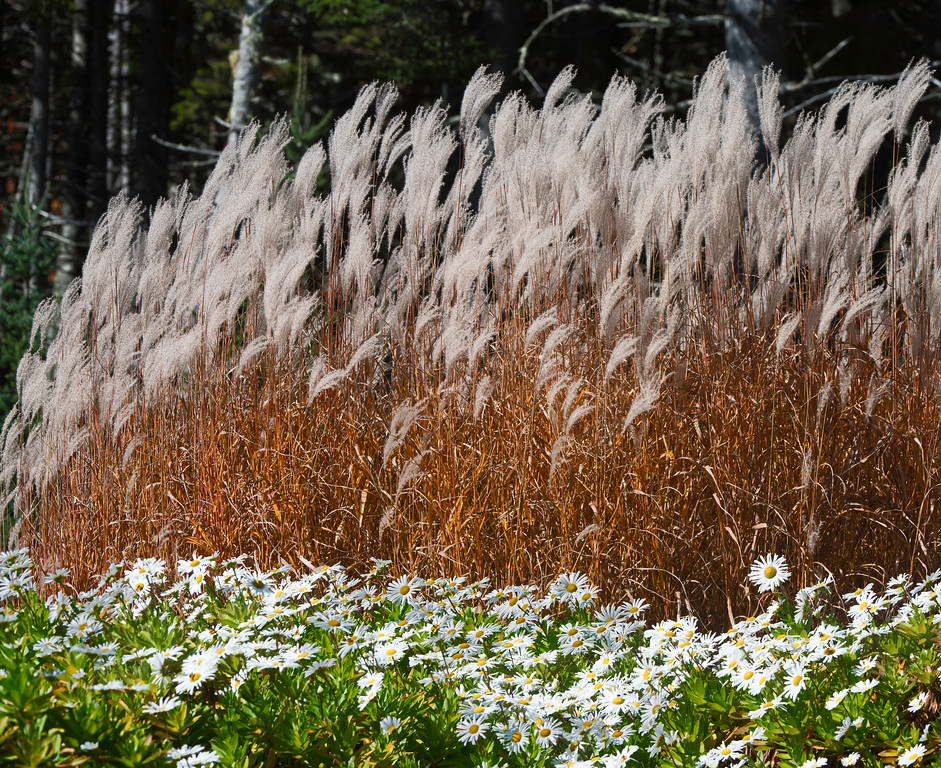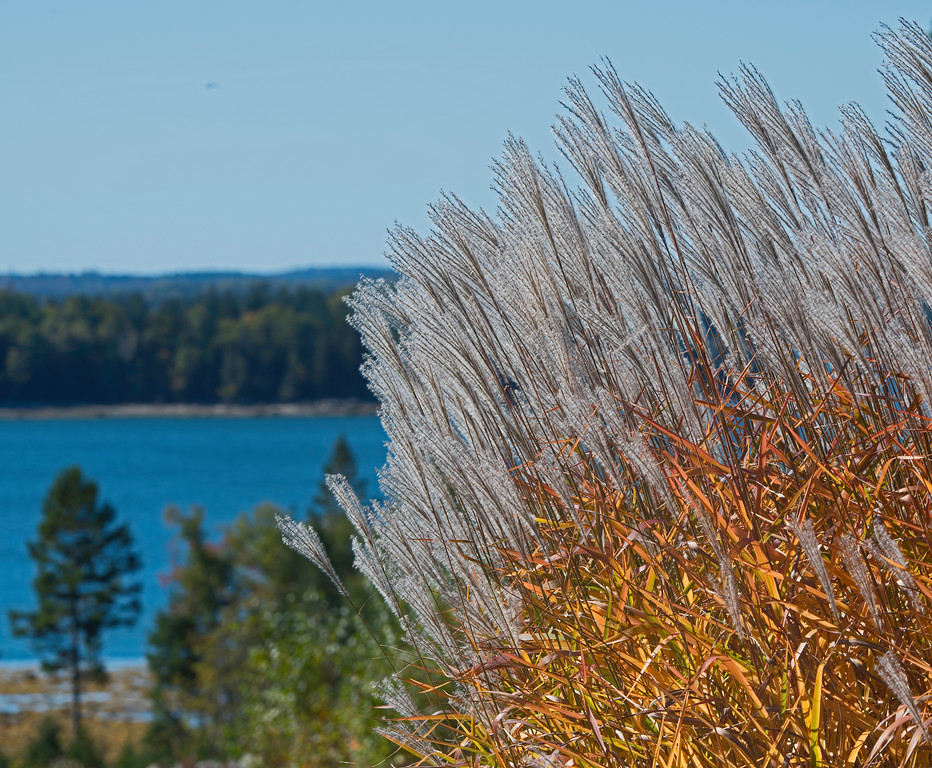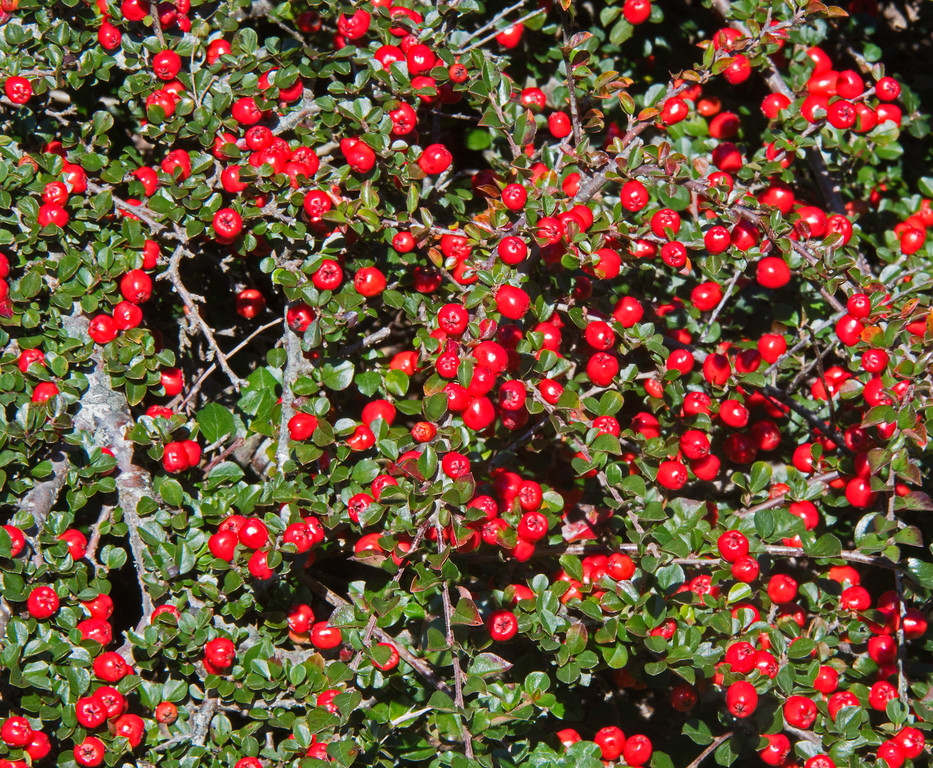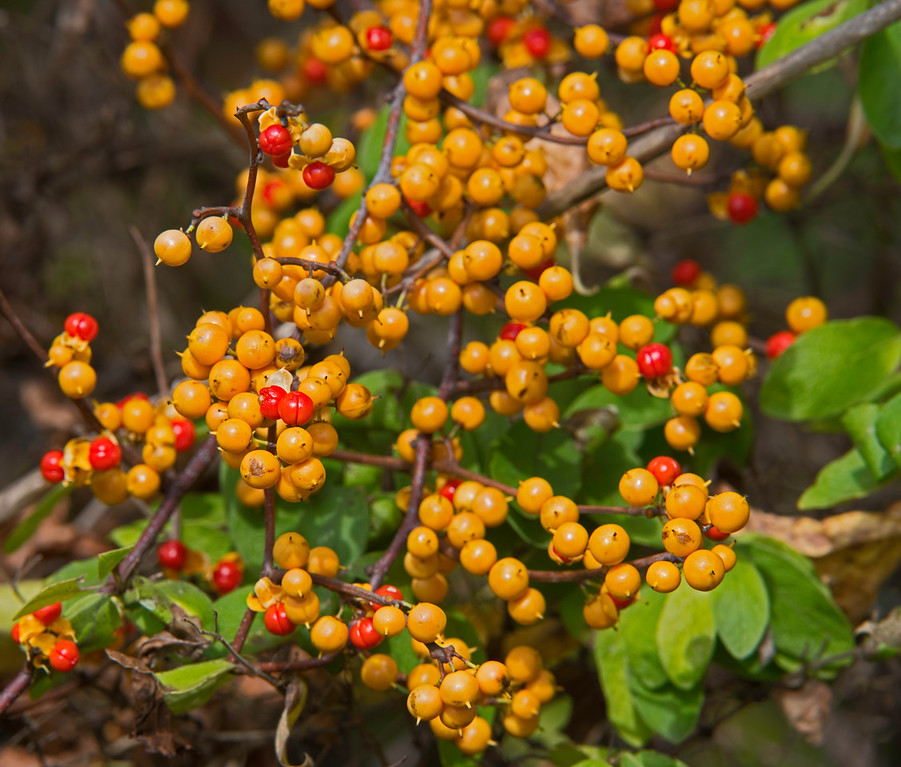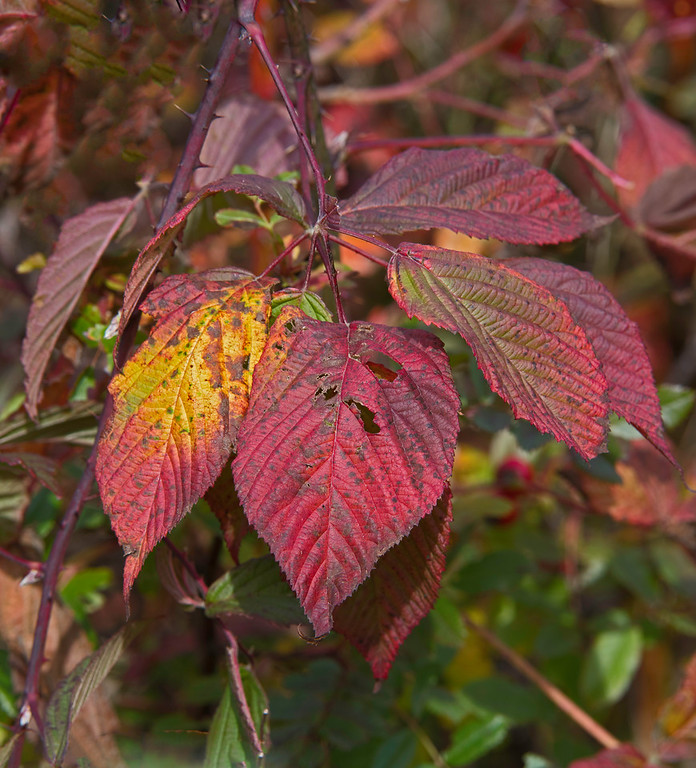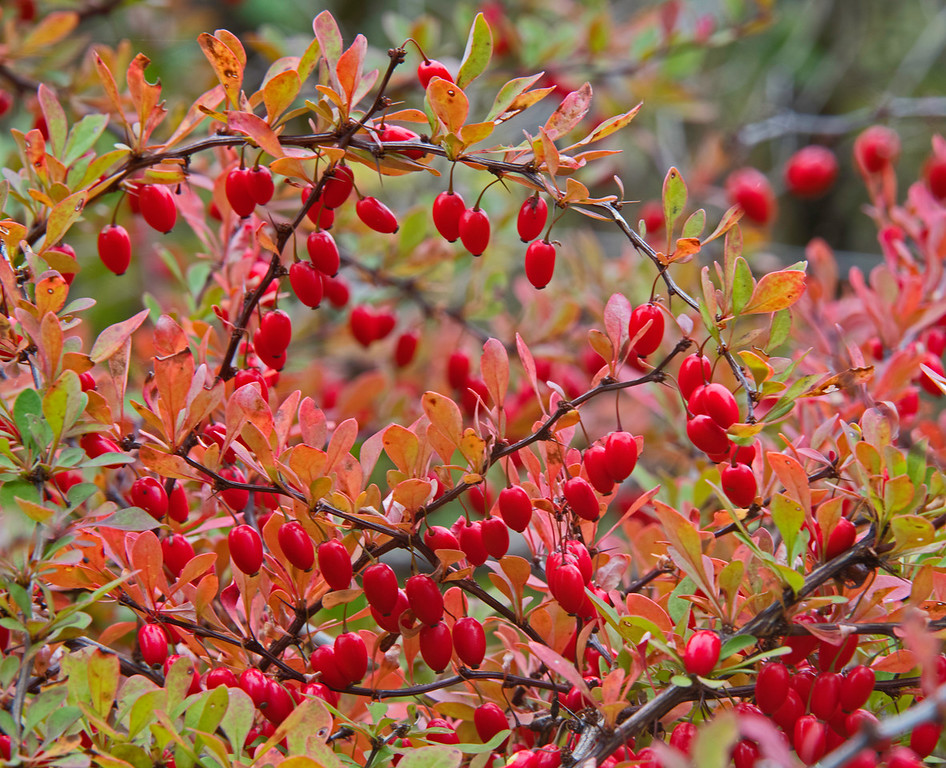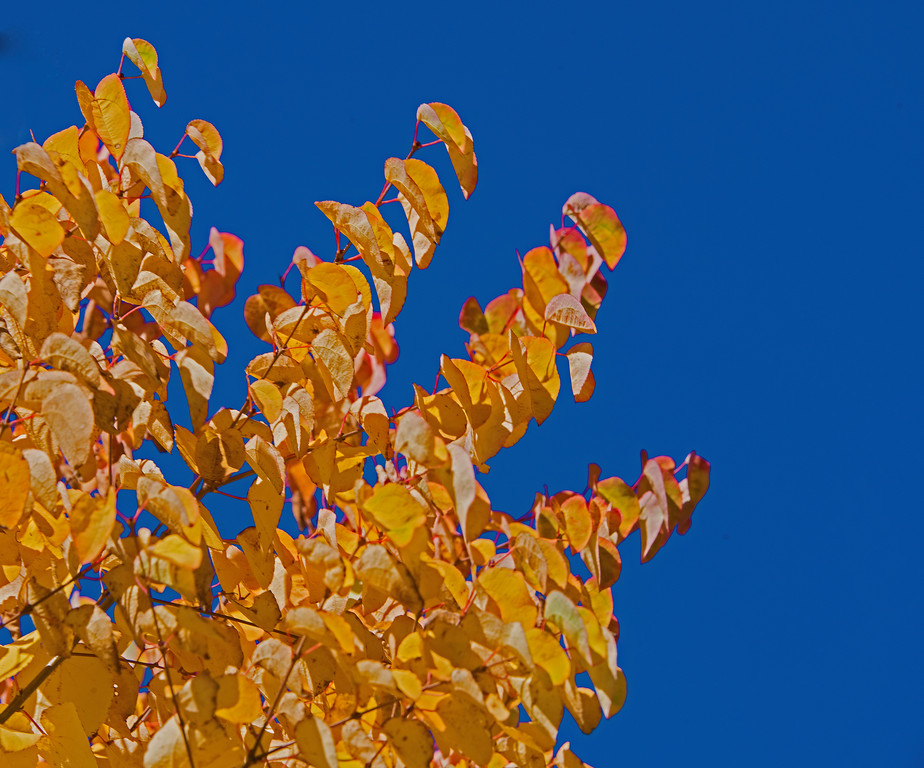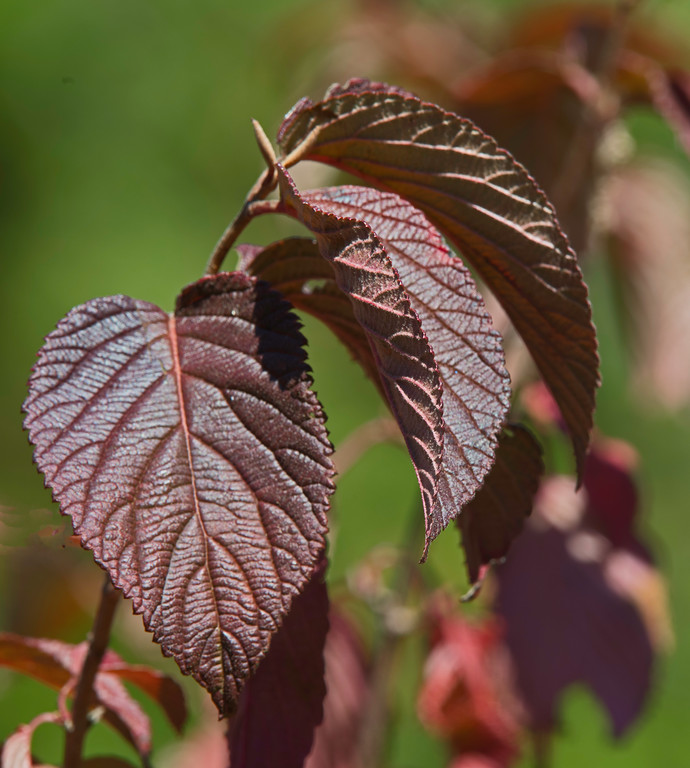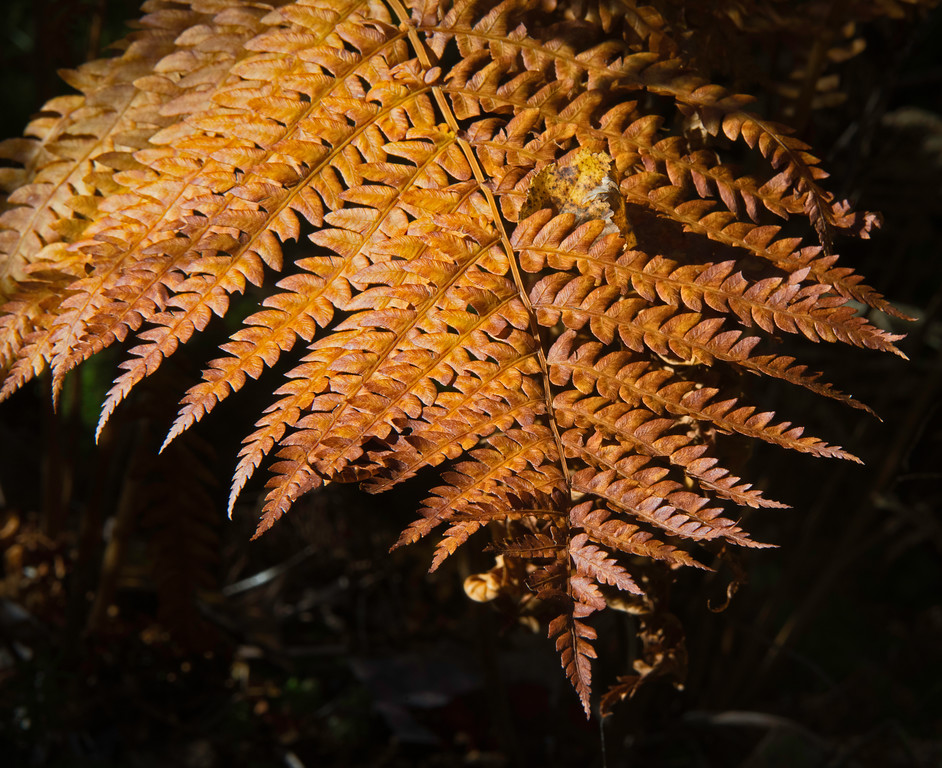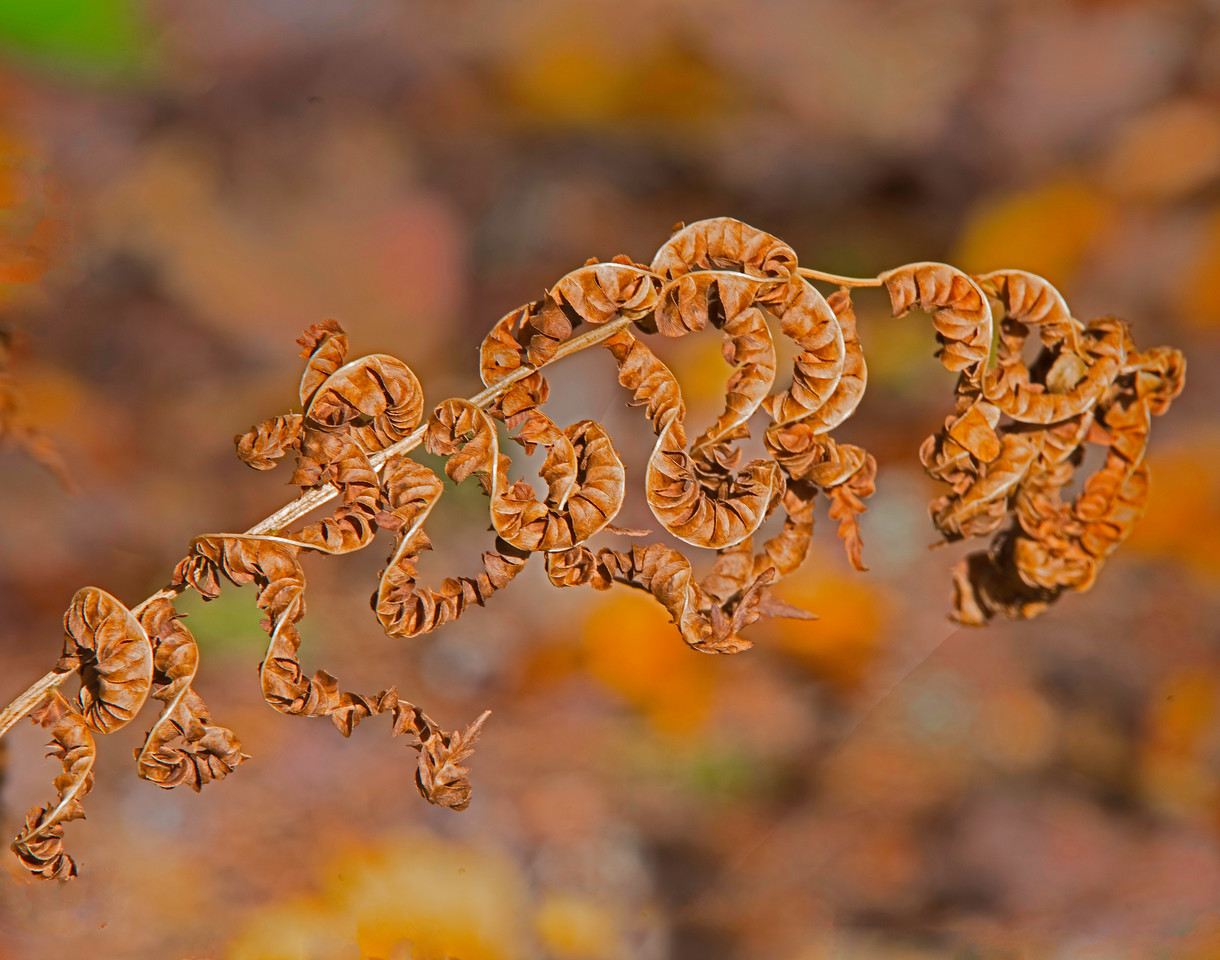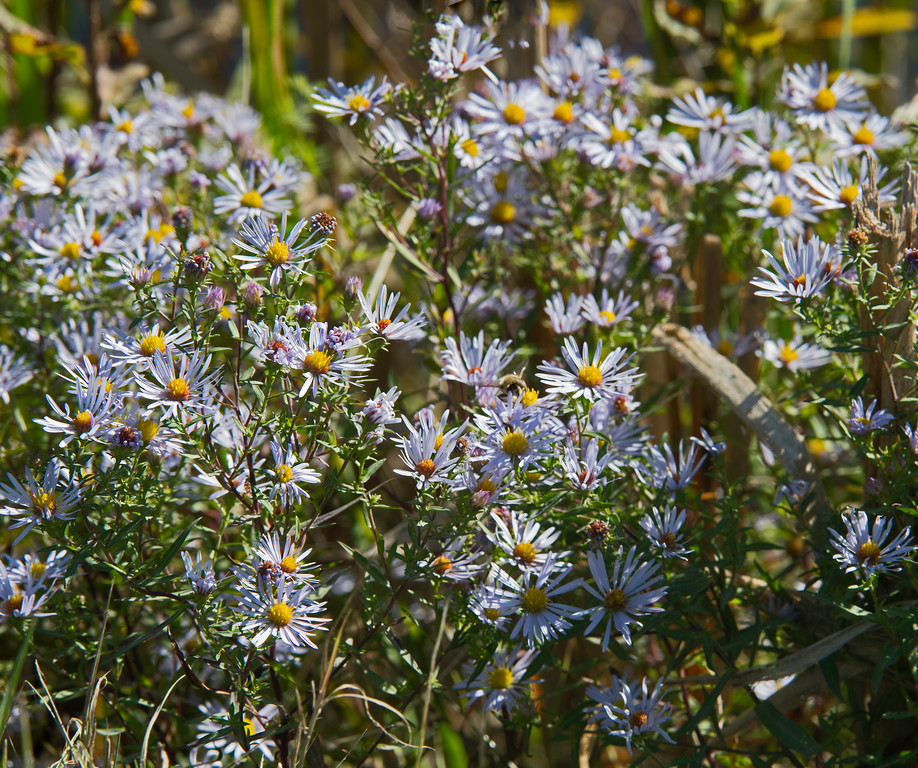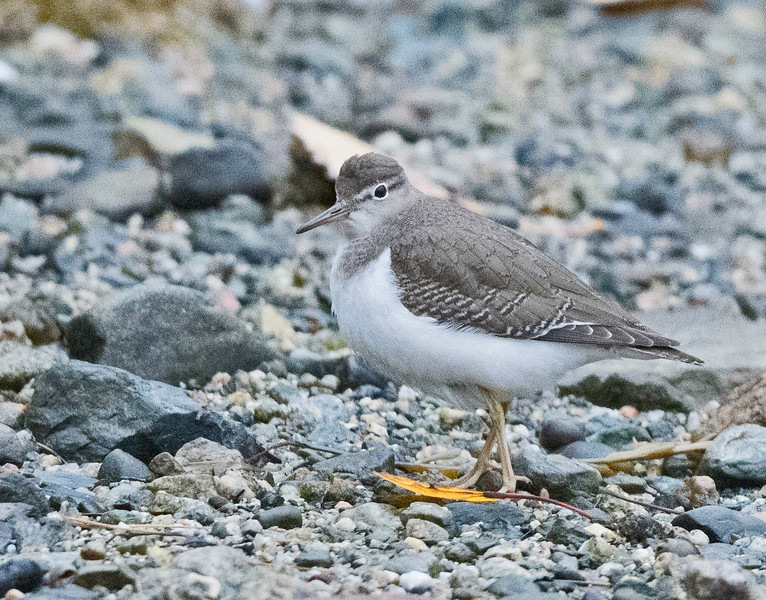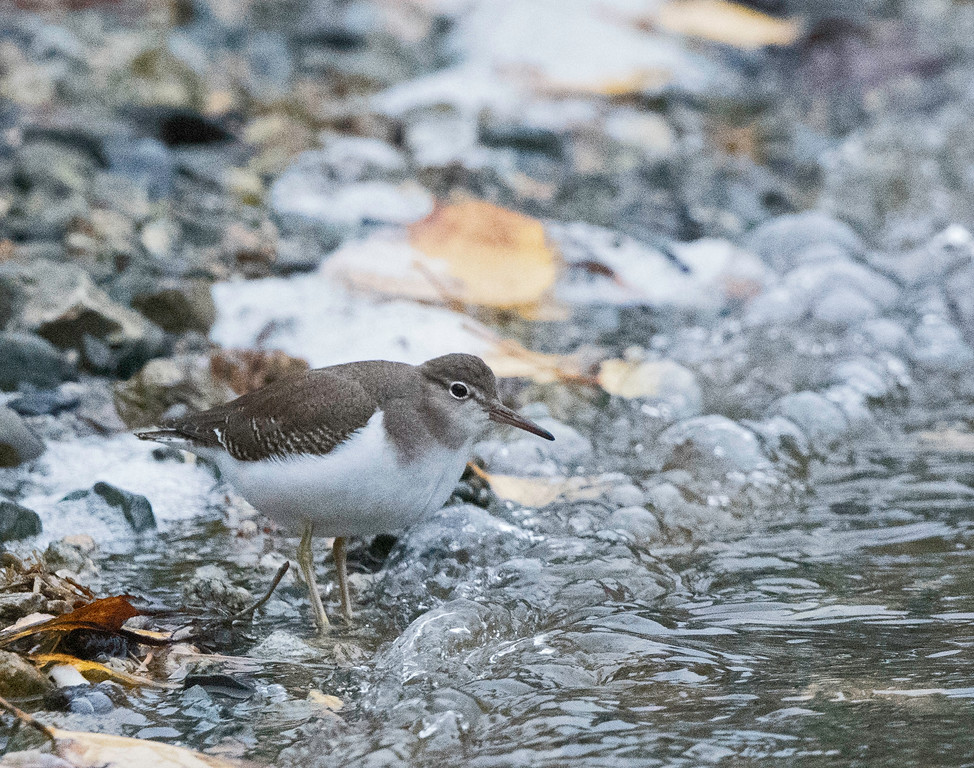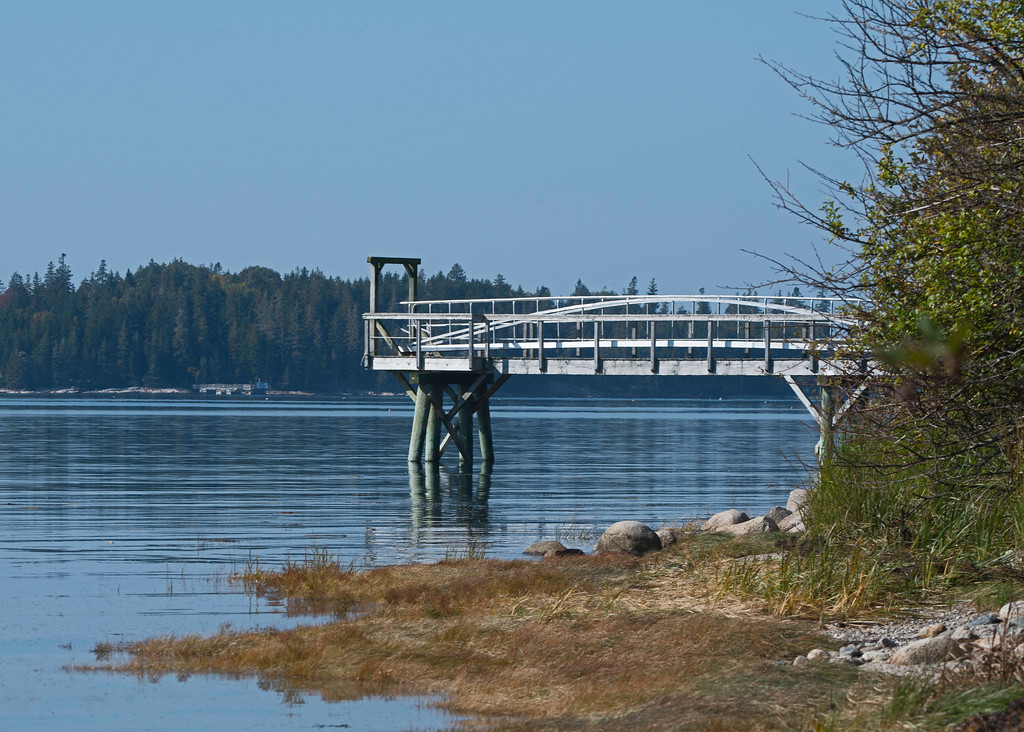This Weeping Beech (Fagus sylvatica 'Pendula') at Amen Farm is one of the world’s more unusual types of tree. Its family name is derived from its most noticeable characteristic: pendulous branches. These trees can grow to more than 80 feet in height and often are wider than they are high. They were selectively bred from European Beeches in England in 1836 and were introduced into the United States in 1847.
Beeches don’t lose all of their leaves in the fall or winter (a phenomenon called “marcescence”); most of the leaves dry out and hang on tightly to sing a rustling chorus to the winter winds. The Beech leaves drop when new growth is ready to appear in the Spring. Click on image to enlarge it. (Brooklin, Maine)




